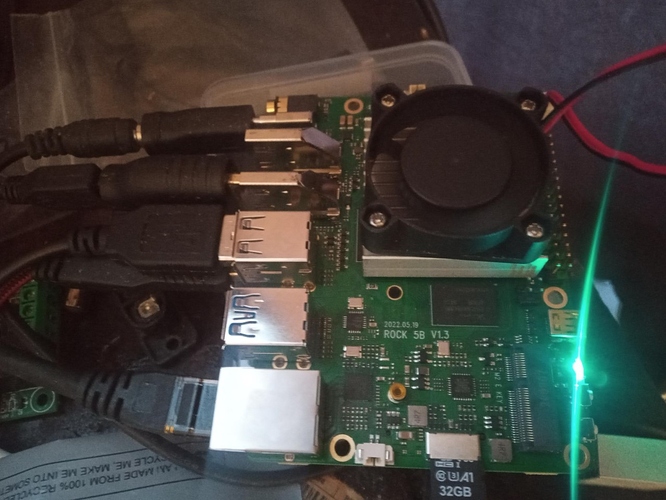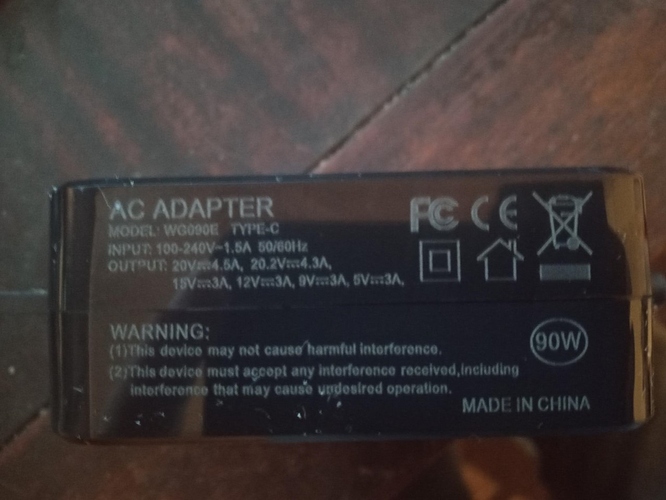Thats quite a funny one
cat /sys/class/typec/port0/port0-partner/supports_usb_power_delivery
no
I think that might be output related without reading.
There is a 4.5-26v buck 5v that feeds another same buck with 4v out.
If you have PD it will negotiate but input wise it doesn’t matter as long as between 4.5v & 26v (which is confusing as referred to as a step down) it will manage 5v 8 amp if it was needed and supplied.
Maybe it is as Radxa have it labelled as 5.148V but 12v for volt drop, getting a 12v rail and having spare 12v barrel is useful for me.
I presume https://www.monolithicpower.com/en/mp8759.html
At a guess if you have a dumb psu none of that really has any effect on the port as its just hardwired to the buck input.
The test will see.



